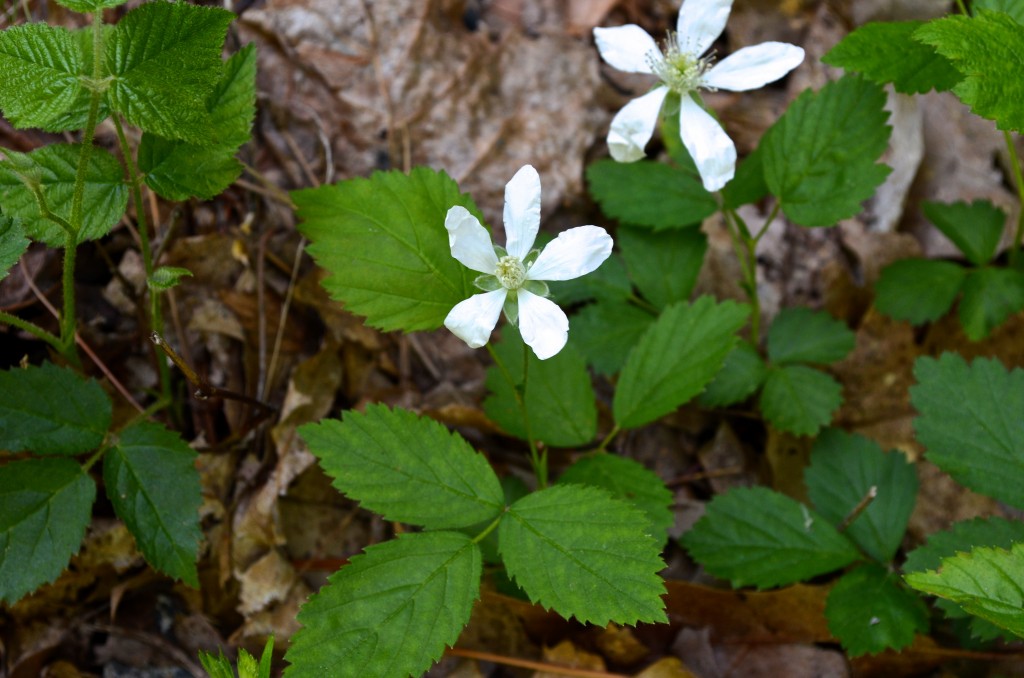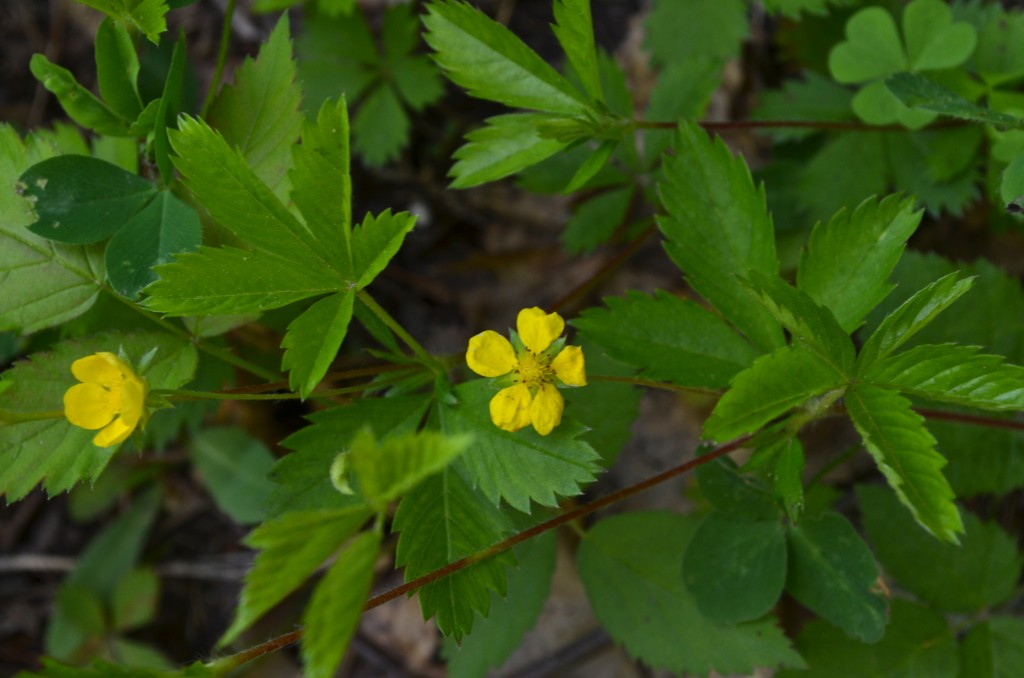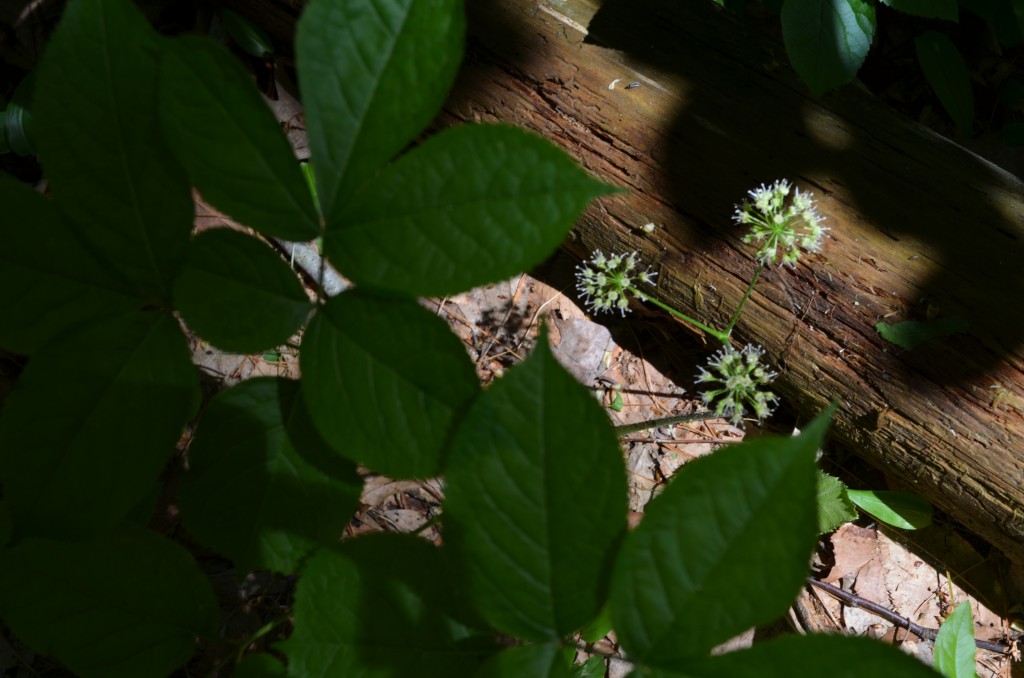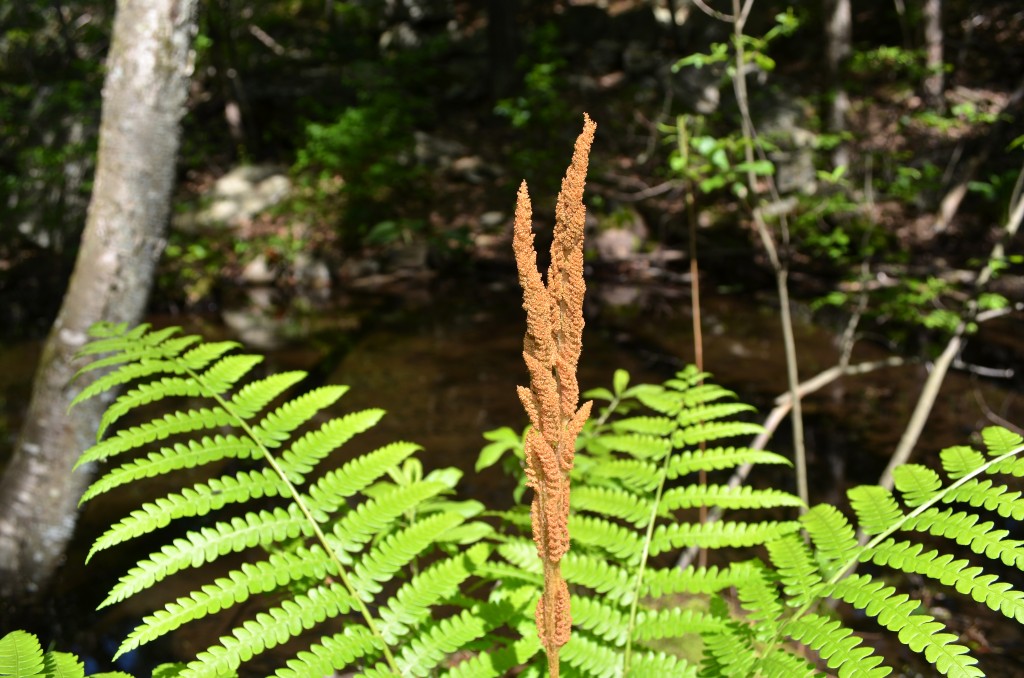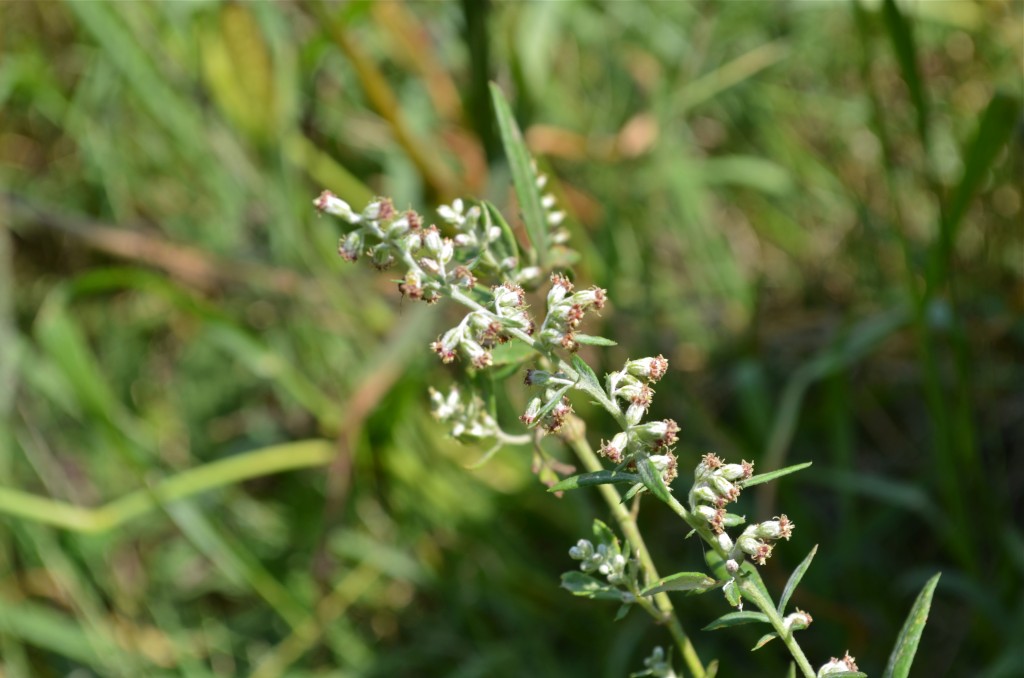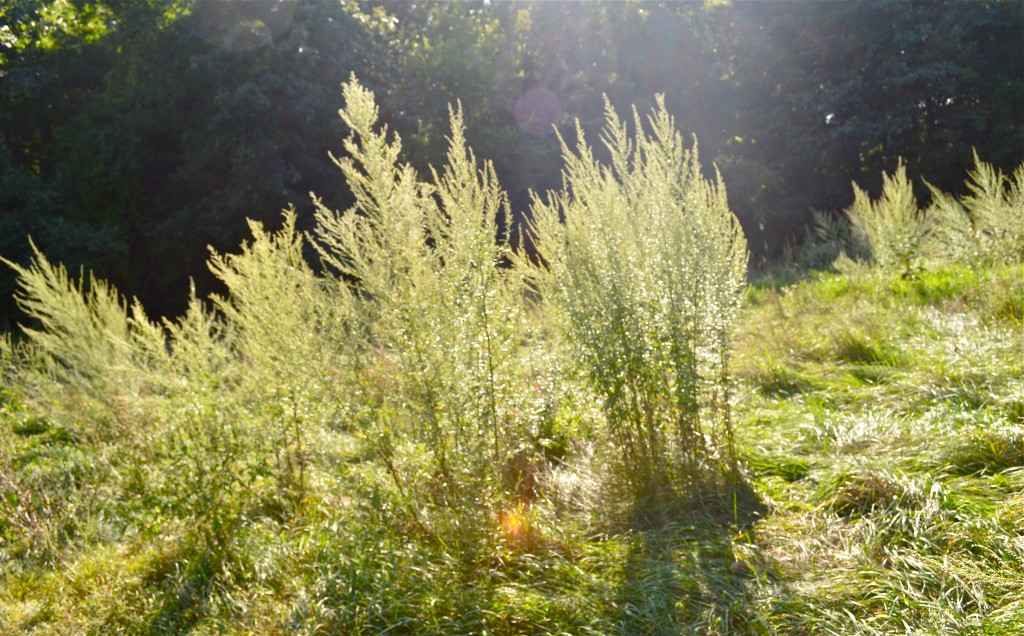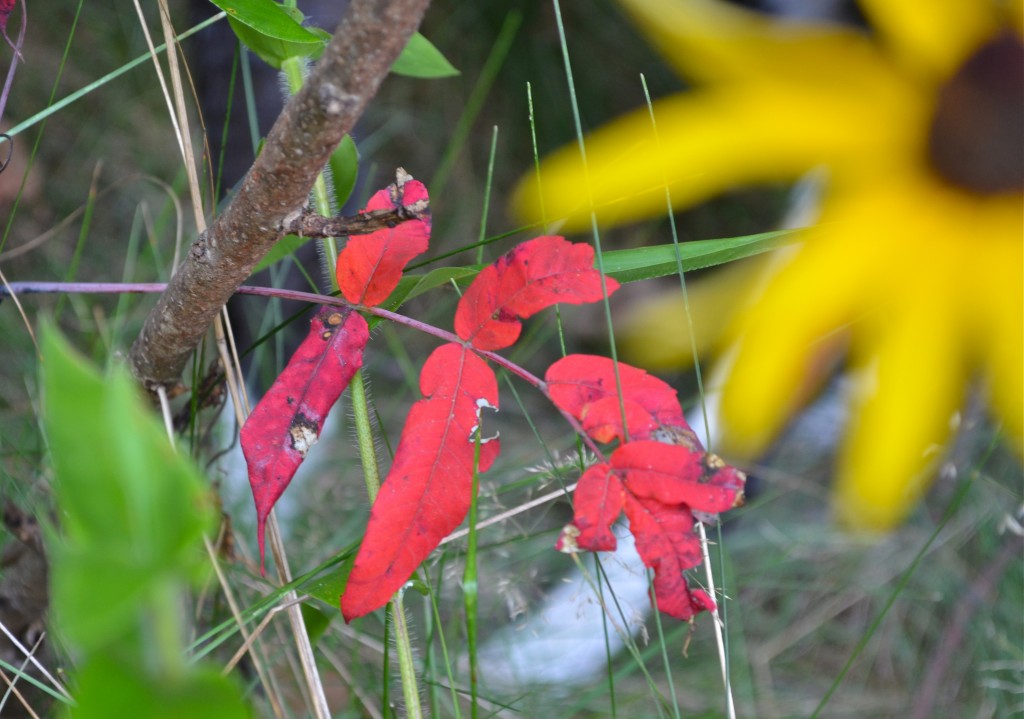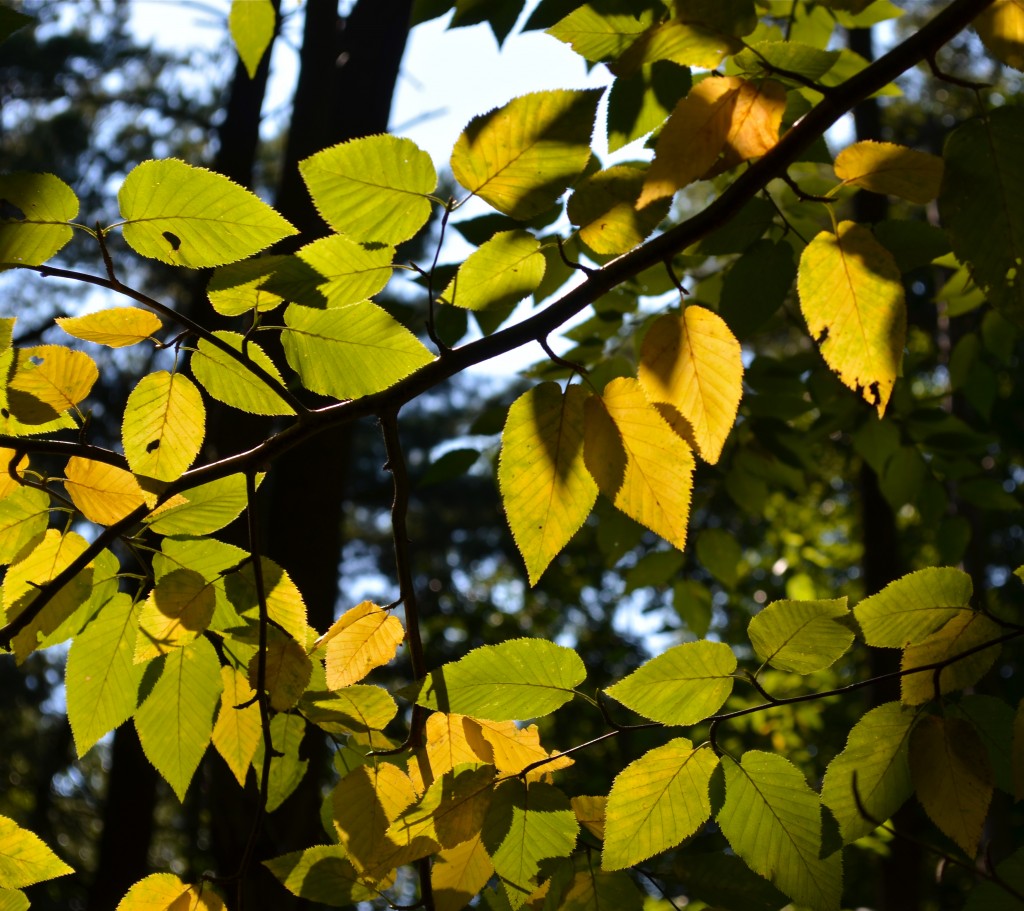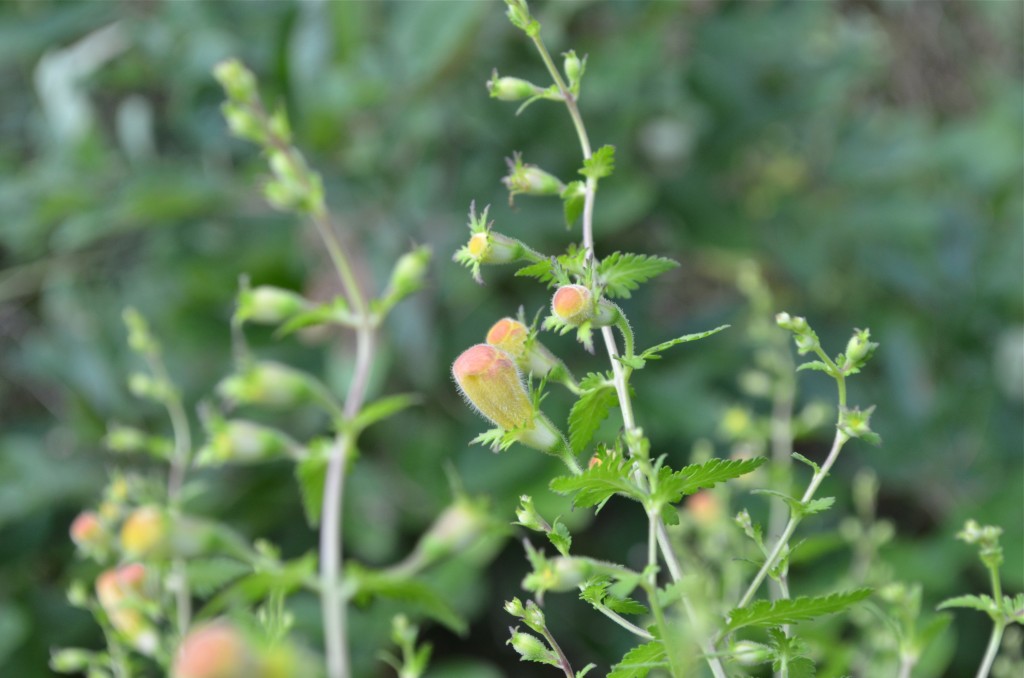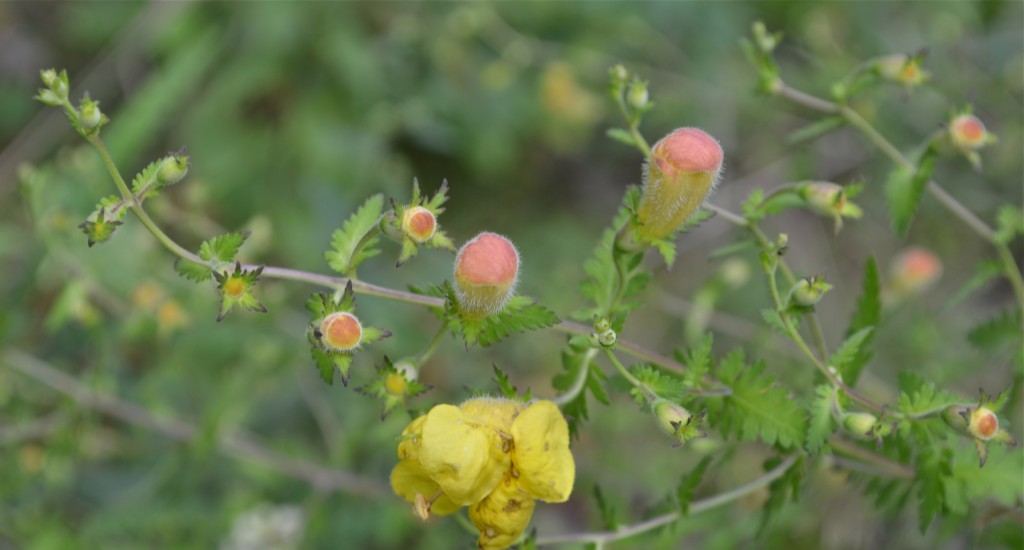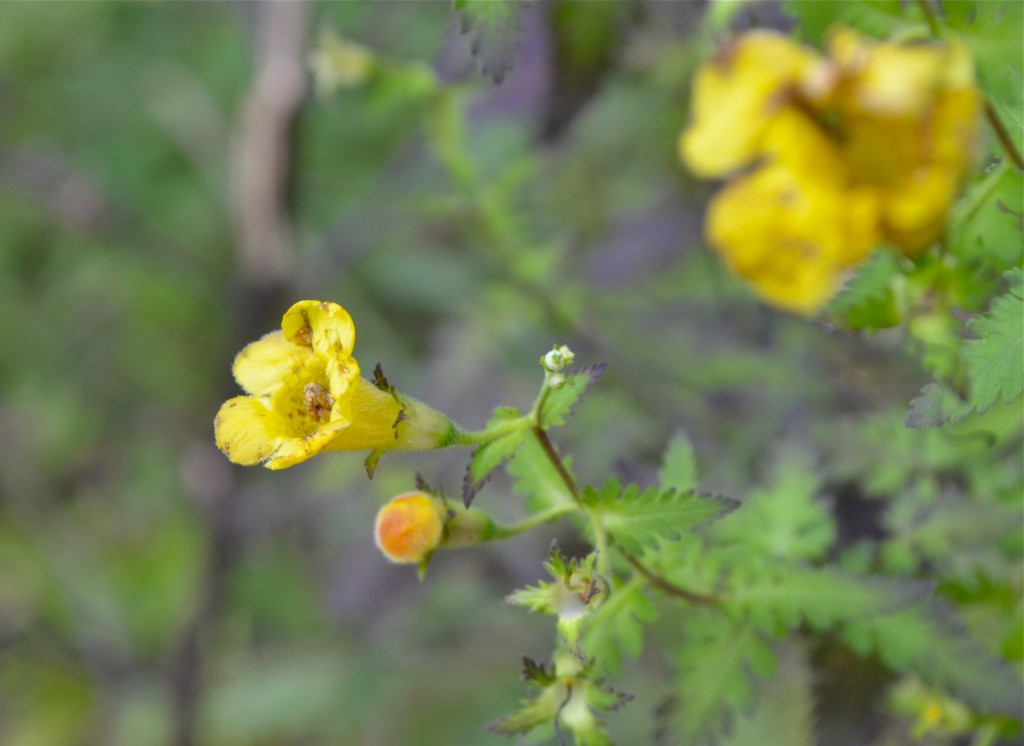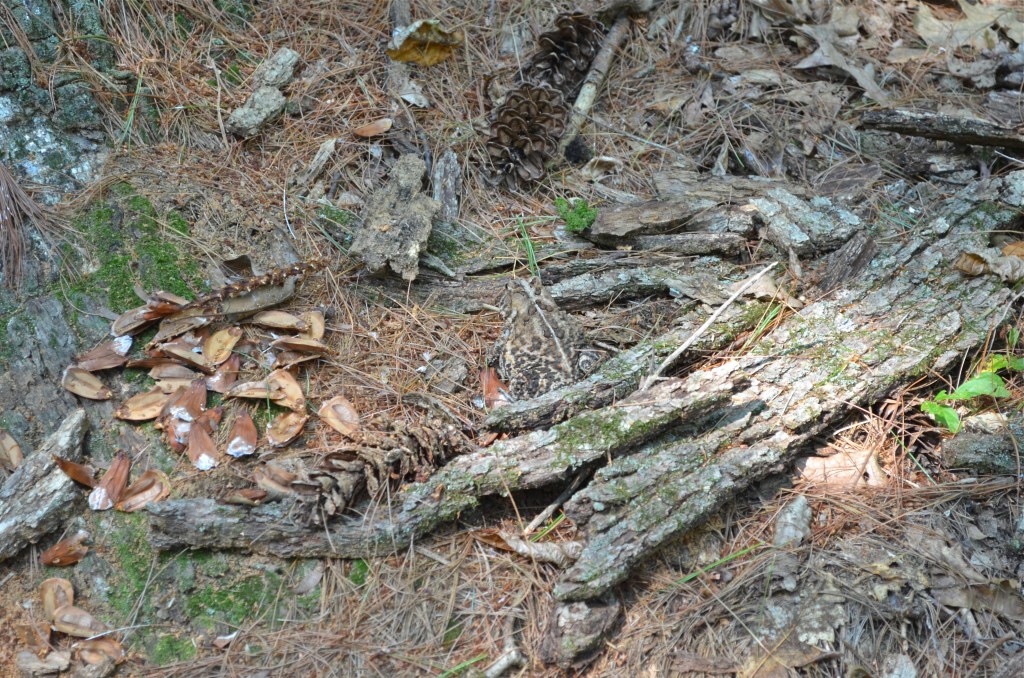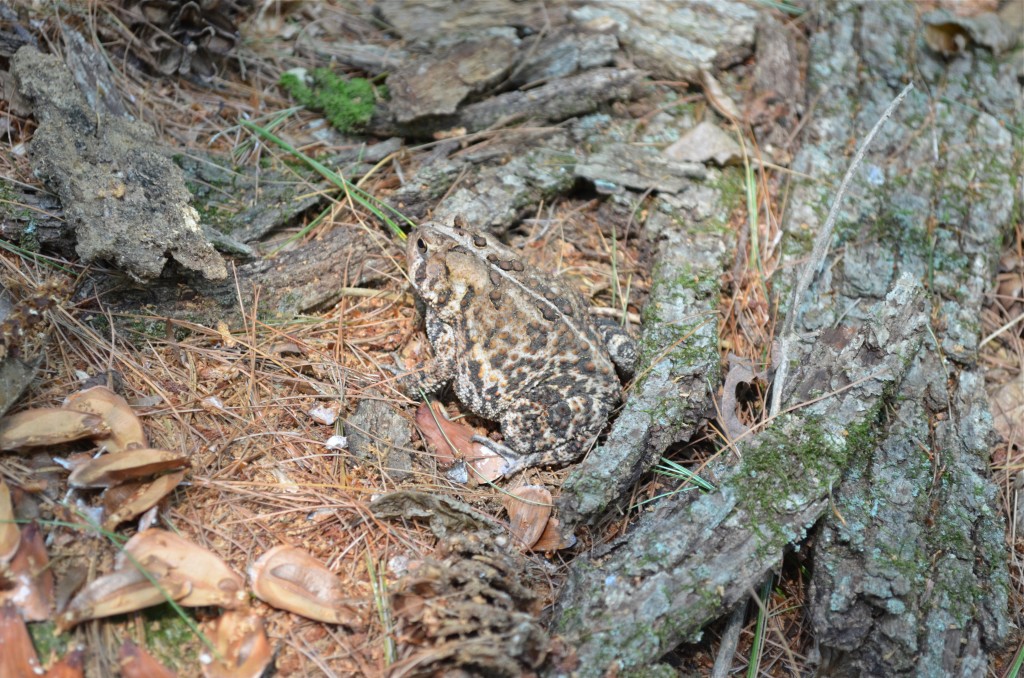 It’s September already. Makes me want to think about a day in July, in the Meadow of Wonders, when it was so full of flowers! Mostly yellow coneflowers, bee balm in many colors, mugwort, thistle, crown vetch… Lucy looks like she’s enjoying the fragrance of the flowers, but she’s probably carefully considering the question, “When did a deer last pass by here?”
It’s September already. Makes me want to think about a day in July, in the Meadow of Wonders, when it was so full of flowers! Mostly yellow coneflowers, bee balm in many colors, mugwort, thistle, crown vetch… Lucy looks like she’s enjoying the fragrance of the flowers, but she’s probably carefully considering the question, “When did a deer last pass by here?”
Category Archives: Wilson Mountain Reservation, Dedham MA
Dewberry
Common Cinquefoil
Maybe we should do a comparison of all the little yellow flowers out there, to help keep them straight! They’re all different! This is a trailing vine, kind of like a wild strawberry plant. It has compound leaves with 5 toothed leaflets — cinquefoil is an anglicized version of cinq feuilles (French for five leaves). It has 5 petals on the blossom. The blossom grows on a long stalk from the axil. Rose family. Photo: May 27, 2013.
Common Cinquefoil (Potentilla simplex)
Wild Sarsaparilla
In the ginseng family, which explains why the bloom looks so much like dwarf ginseng, but with three umbels at the top of the stalk, and leaves that tend to grow umbrella-like over the flowers. Will have purple-black berries, which are edible and a little sweet. This is not “true” Sarsaparilla. 1-2 feet tall. Native.
Wild Sarsaparilla (Aralia nudicaulis)
Cinnamon Fern
Native. Likes bogs and other moist habitats. The leafy parts are sterile; the cinnamony part is a fertile, spore-bearing frond. This kind of fern is considered a living fossil because it occurs in the geologic record 75 million years ago, among the oldest of ferns.
Cinnmon Fern (Osmundastrum cinnamomeum)
Canada Mayflowers
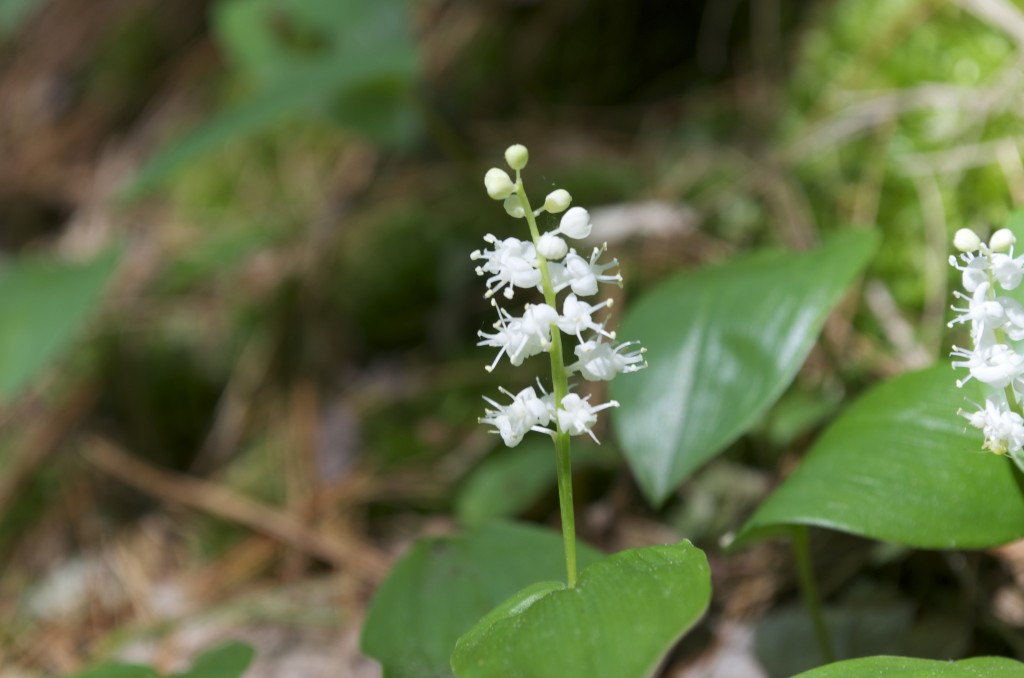
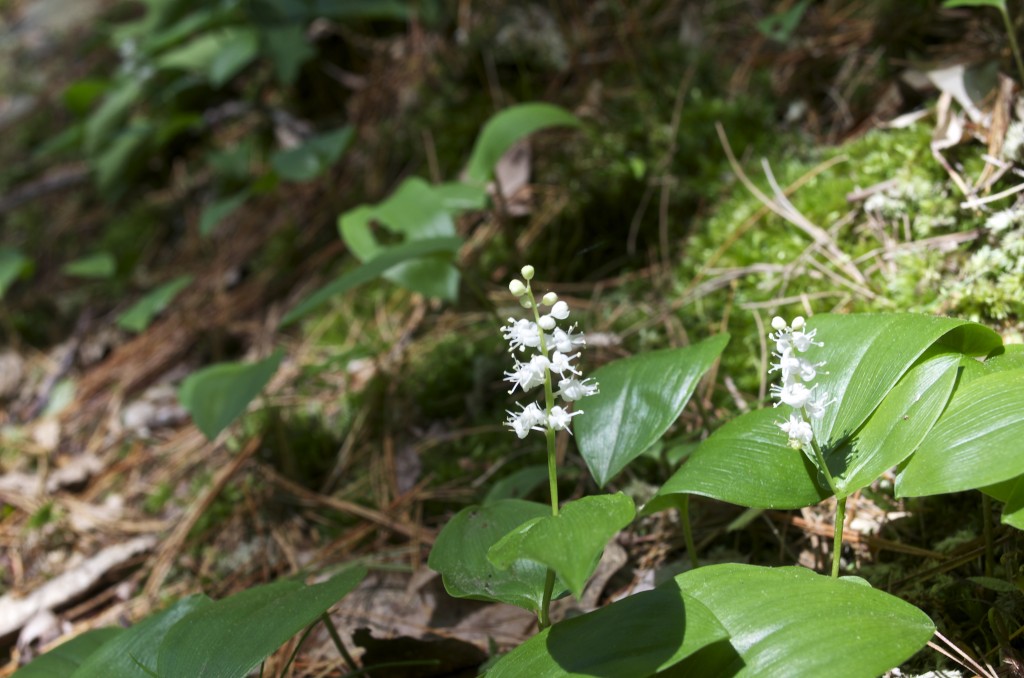 These are the plants whose leaves carpet the woods, just little leaves standing vertically out of the ground. The flowers are fragrant. During the summer the flowers are replaced by small speckled red berries. Lily family. Native perennial.
These are the plants whose leaves carpet the woods, just little leaves standing vertically out of the ground. The flowers are fragrant. During the summer the flowers are replaced by small speckled red berries. Lily family. Native perennial.
Canada Mayflower, Two-leaved Solomonseal (Maianthemum canadense)
Common Mugwort
A tall bushy, silvery plant that is growing in all the open meadows now. It’s prominent around the lower meadow at Centennial (along with pigweed and ragweed). The leaves remind me of rosemary. They’re green above and silvery underneath, aromatic. Mugwort has been used to flavor drinks since the Iron Age. (How do they know that?) Also used in food, herbal medicine, for smoking, for magical protection against evil spirits and wild animals, and to repel moths from gardens. Roman soldiers lined their sandals with mugwort to ward off fatigue. Mugwort pollen is a major source of hay fever. Native to Europe, Asia, Africa and Alaska.
Common Mugwort, Common Wormwood (Artemisia vulgaris)
Sumac is the first to change
Fernleaf False Foxglove
Even as most of the wildflowers are looking toasted or wilted, I’m still coming across new and unfamiliar flowers. These blossoms are not so pretty, but the buds are very distinctive and beautiful. False foxgloves are partially parasitic on oak trees, and therefore always grow near oaks. Figwort family. Native.
Fernleaf False Foxglove (Aureolaria pedicularia)
Camouflage
Lucy and I were walking in the woods not on a trail when something cold brushed past my leg. I kept the shrieking to a minimum and saw this toad, about the size of my fist, so well camouflaged that I never would have seen it had it not tapped me on the shoulder. So to speak. Even the stripe on its back looks like a bit of grass.
Their tadpoles are very small, solid black, and reach adulthood in 30-40 days, and then become mostly terrestrial. Their skin produces a toxic chemical that discourages fish from eating them.
American Toad (Bufo Americanus)





